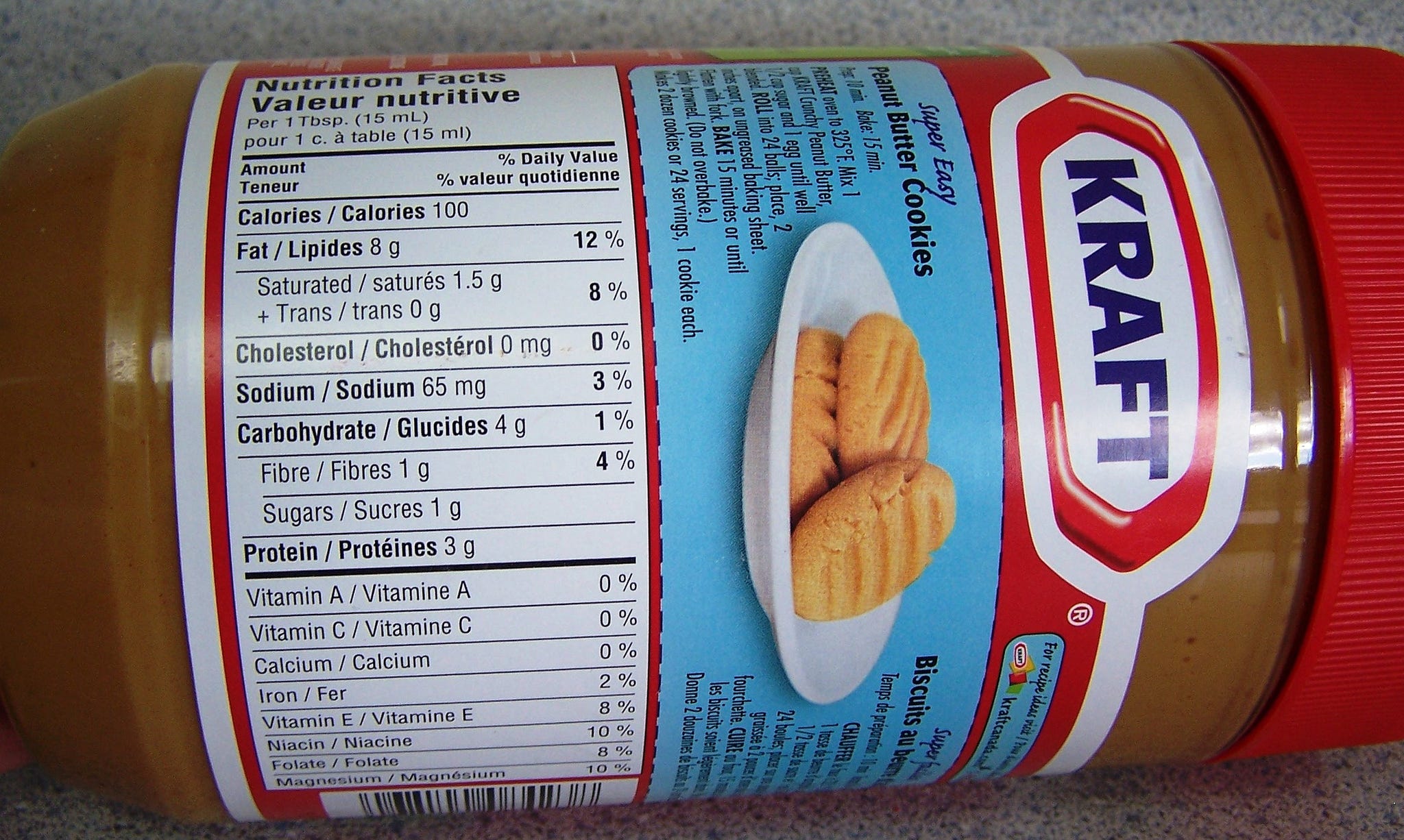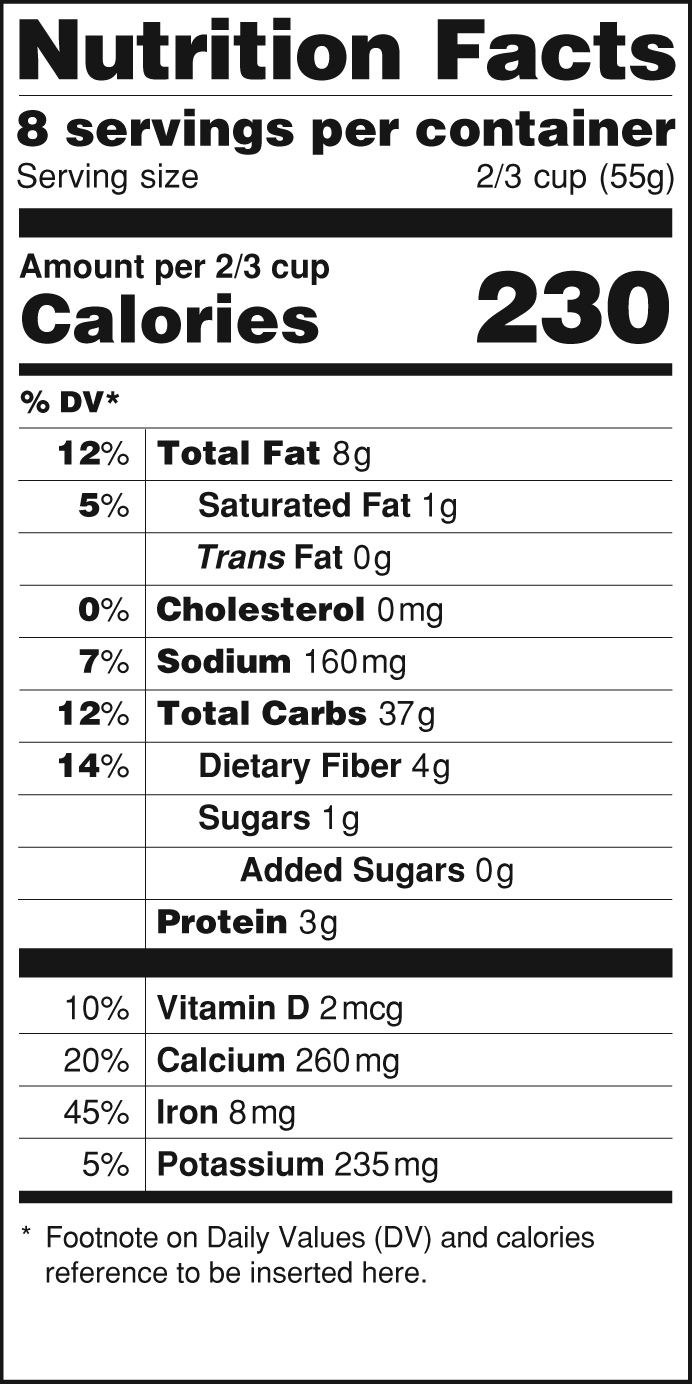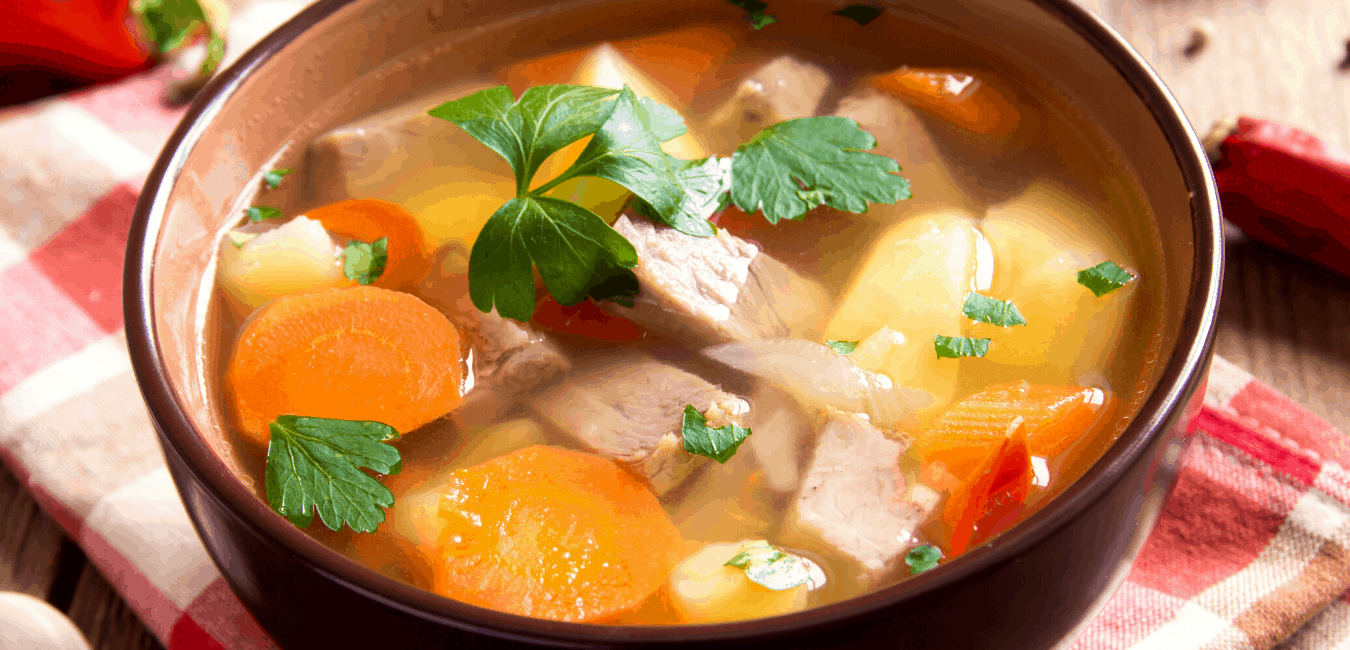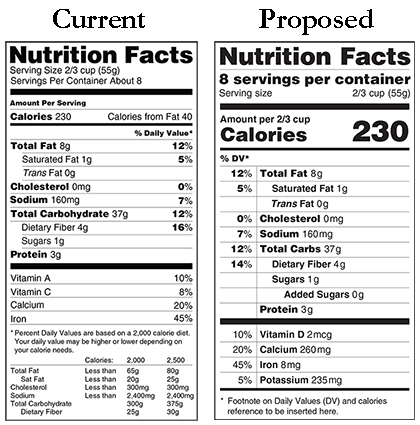38 how to read nutrition labels for healthy eating
How to Read a Nutrition Facts Label | Everyday Health The nutrition facts label on packaged foods contains vital information about a food's nutritional value that can help people make healthy dietary choices. Recent changes to the nutrition facts label were made to present this information in a way that's easier to understand, and if you know what to look, you'll be able to maintain a healthy diet and take care of any special dietary needs. How to Read Food Labels for Healthy Eating | On The Table Healthy eating goes well-beyond the caloric value and can be accomplished with the following food label tips: Acknowledge the Serving Size The serving size should always be checked first, as all the information indicated on the Nutrition Facts label is based on this number.
How to understand food labels | Eat For Health The Nutrition Information Panel on a food label offers the simplest and easiest way to choose foods with less saturated fat, salt (sodium), added sugars and kilojoules, and more fibre. It can also be used to decide how large one serve of a food group choice or discretionary food would be and whether it's worth the kilojoules.

How to read nutrition labels for healthy eating
How to Read Labels for Healthy Eating - The Healthy Giraffe An easy rule of thumb to remember is to look for foods with sodium less than the calories per serving as 2,300 mg is roughly around the calories you would consume in a day. Looking at the label referenced earlier you will see this product has 120 mg per serving compared to 100 calories per serving. How To Read Food Labels for Healthy & Clean Eating To know how many calories are in the whole package, multiply the number of servings by total calories per serving. Nutrients The nutritional data is based on one serving, but sometimes labels can include information for the entire container. How to Read Food Labels Without Being Tricked - Healthline Pro: Health management — Product ingredients are listed by quantity — from highest to lowest amount. This means that the first ingredient is what the ...Helpful for managing health conditions: not alw...Honest and transparent breakdown: most peop...Helps people make better food choices: can be ...Pros: Cons
How to read nutrition labels for healthy eating. PDF A Guide to Reading Food Labels - University of Rochester Make healthy choices easier by understanding the sections of the Nutrition Facts label. 1. Serving Size. The serving size is a measured amount of food. In the sample label, the serving size is one cup, and there are two servings per container. If you ate the whole container, you would eat two cups, which doubles the calories and other nutrient ... Reading a Nutrition Label When You Have Diabetes and Kidney Disease Your doctor can help you to monitor your nutrient levels through blood work and come up with a balanced eating plan. Nutrition labels tell you which nutrients are in the foods you eat and in what... How to read food labels - Heart Foundation NZ The star rating is calculated using an algorithm that takes into consideration a number of positive and negative nutrients for a particular food. The positive elements include protein, fibre, fruit, vegetable, nut, seed and legume content. The negative elements include energy, sodium, saturated fat, and sugar. Quick Tips for Reading the Nutrition Facts Label Nutrition Facts Label Healthy cooking and eating start at the grocery store. Bring ... Quick Tips for Reading the Nutrition Facts Label The Nutrition Facts Label Tip Card NFL10 | 2020.
Reading Food Labels (for Parents) - Children's Health Network To make healthy, informed food choices, learn how to read the nutrition facts label and understand food label claims. Food Label Claims. Manufacturers often make claims about the healthfulness of a food on the front of a package. These claims must meet FDA standards. Some common food claims: How to Properly Read & Understand Nutrition Labels - Studio SWEAT onDemand Check the ingredients list; if whole grains aren't in the first three ingredients, the amount is negligible. Fortified or enriched. This means that some nutrients have been added to the product. For example, vitamin D is often added to milk. Yet, just because something is fortified doesn't make it healthy. How To Read Food Labels For Healthy Eating | Stop Getting Tricked Forget about food labels. If you struggle with nutrition information overload, here's 3 simplest tips to clarify nutrition confusion: Stop Worrying About Food Labels - More Damage Is Caused By Worrying About Nutritional Labels. Instead Focus On Eating Unprocessed Foods; Eliminate Need To Read Food Labels - Ask Yourself, Did This food ... Nutrition Facts: How to Read Nutrition Labels - Greatist Here are some to look for: Calorie-free: Less than 5 calories per serving. Low calorie: 40 calories or less per serving. Reduced calorie/fat: At least 25 percent less calories/fat than the ...
How to read nutrition labels | safefood Some labels use colour coding to show at a glance if a food is high, medium or low in fat, saturated fat, sugar and salt. Low (green) - the best choice. Medium (amber) - okay most of the time. High (red) - only choose occasionally. If the label isn't colour coded, use our label decoder as a guide. PDF how to understand food labels - Eat For Health Instead learn a few simple label reading tips to choose healthy foods and drinks, for yourself. You can also use the label to help you lose weight by limiting foods that are high in energy per serve. 100g Column and Serving Size If comparing nutrients in similar food products use the per 100g column. How To Read Food and Beverage Labels | National Institute on Aging Read the nutrition label as a whole to determine how a particular food or drink fits into your healthy eating pattern . Is lower % DV always healthier? If a food has 5% DV or less of a nutrient per serving, it is considered low in that nutrient. If it has 20% DV or more of a nutrient per serving, it is considered high in that nutrient. How to Understand and Use the Nutrition Facts Label | FDA To achieve or maintain a healthy body weight, balance the number of calories you eat and drink with the number of calories your body uses. 2,000 calories a day is used as a general guide for...
How to Read Nutrition Labels and Eat Healthy - Scripps Health Daily value is listed with the symbol "% DV" for nutrients, such as fats, carbohydrates and protein. The updated label also has a new footnote explaining the meaning of Percent Daily Value (DV). Use DV to check if a serving is high or low in a nutrient and to compare food products.
How to Read Food Labels for a Heart-Healthy Diet In general if you take the total carbs and subtract the fiber, you get net carbs, a better indicator of what the body will absorb into the blood stream. The lower the net carbs, the better." Berries: "I usually choose blueberries, which are anti-inflammatory and not as high in sugar as bananas."
Here's how to read a nutrition label so you can make the best choices Step 3: Look at the calories and nutrients. There are six classes of nutrients. These include fats, carbohydrates, proteins, vitamins, minerals and water. All of these nutrients are classified as ...
Understanding Food Nutrition Labels | American Heart Association 1 - Start with the serving information at the top. This will tell you the size of a single serving and the total number of servings per container (package). 2 - Next, check total calories per serving and container. Pay attention to the calories per serving and how many calories you're really consuming if you eat the whole package.
How to read food labels - Safefood Some labels use colour coding to show at a glance if a food is high, medium or low in fat, saturated fat, sugar and salt. Low (green) - the best choice. Medium (amber) - okay most of the time. High (red) - only choose occasionally. If the label isn't colour coded, use our label decoder as a guide. Low (green)
How to read nutrition labels : Evidence-based health information from ... A quick way to evaluate a food is the 20 / 5 rule. When you look at a package, if the fat, sodium or cholesterol are under 5%, that's good. If any are over 20% you should consider carefully. For total carbohydrates, dietary fiber, vitamins and minerals, a DV of 5% or lower is bad; a DV of 20% or higher is good.
The Basics of the Nutrition Facts Label - Academy of Nutrition ...
How to Use the Nutrition Fact Label, Eat Right, NHLBI, NIH Get enough of these: potassium, fiber, vitamins A and C, calcium, and iron Use the Percent Daily Value (% DV) column when possible; 5% DV or less is low, 20% DV or more is high Visit the Smart Food Shopping page and learn how the label can help you choose foods lower in calories, fat, and added sugar to help maintain a healthy weight.






Post a Comment for "38 how to read nutrition labels for healthy eating"